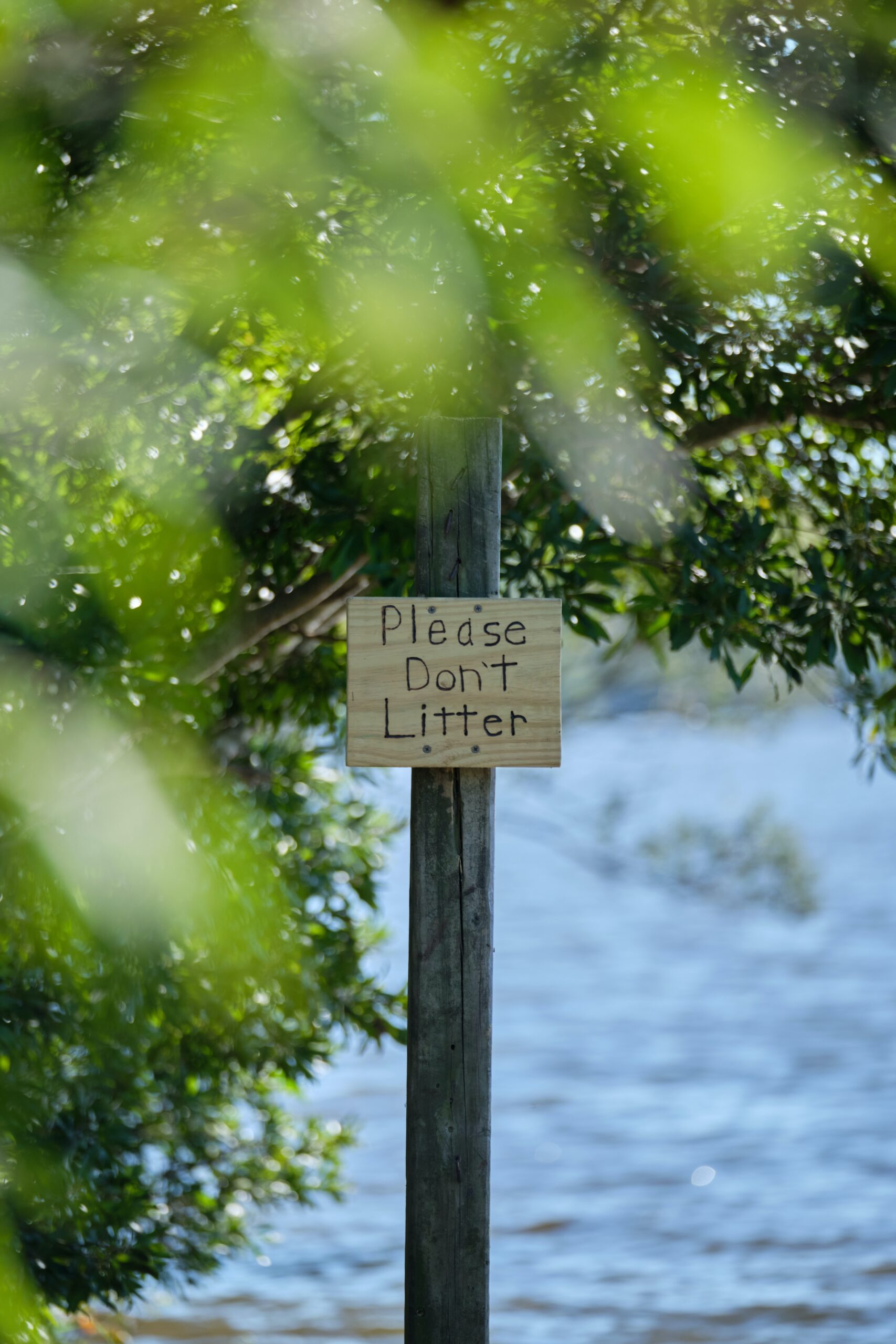When out hiking and camping in the wild, there is nothing worse than finding litter or other traces that people have left behind when out walking. Not only is litter an eyesore, it can be damaging for wildlife. Each year wild birds, animals such as foxes and aquatic species are injured and killed due to rubbish left out. Leave no trace is a mantra used to encourage hikers and walkers to be considerate and mindful of the natural environment while out walking.
‘Leave no trace’ is an American based organisation that spreads awareness of how we should behave in wild spaces. They have been extremely successful working internationally to limit the impact of human presence on wild spaces around the world. In the UK, due to lack of space to expand, wild spaces are rapidly disappearing. This makes respecting the ones we have all the more important.
There are a set of principles in the ‘Leave No Trace’ mantra that are considered to exemplify how to act while in a natural area. These are:
-
Plan ahead and Prepare
In order to leave as little trace of human presence as possible, it is important to plan ahead and bring everything you need with you. Planning ahead is also important for your own comfort. For example, going on a hike through the hills and getting caught in a downpour can ruin your outing, especially when you haven’t brought a rain coat with you. Simple preparations such as dressing for the weather, or bringing a plastic bag with you in your rucksack for any rubbish you have can help us maintain the beauty of our natural landscape.
-
Camp on durable surfaces
Making sure to camp on durable surfaces such as rock, packed ground or specific camp sites can ensure you do not damage any delicate plants or nests when camping. Always make sure to check any camping or resting areas for ground level nests, wildflowers or other traces of animal activity, such as a dormouse nest to prevent damage to the area they rest in.
When walking, stick to the path where there are few plants to trample and attempt to avoid damage to any of the local flora and fauna you can see along the way.
-
Dispose of waste properly
Make sure that any materials you bring with you, such as crisp packets, tins and water bottles are brought away with you to be disposed of properly. Many walks, such as the Bewl water route, have bins for waste disposal stationed at the visitor centre and at other areas along the route. Please help us maintain Bewl and place any litter into a bin or take it home with you.
-
Leave what you find
It may be very tempting to pick a beautiful wildflower you see while out walking or bring a particularly interesting rock home from the beach, but each of these is part of the environment and can damage it if taken. It may seem like a small issue, but if everyone who visits a wild area takes something back with them, soon there will be little left. The same principle applies to any seeds or wild flower bulbs you may find.
-
Respect wildlife
Wild animals can be easily harmed by people attempting to look at them closely. For example, when people handle baby birds’ nests, often the mother will stop coming to them as the damage to their home will have scared them away. Be respectful of any wild animals you see and keep a distance, as some may be dangerous if you try and look at them up close. Young animals are wonderful to see out and about, but if you try and get close you will probably upset them.
Anyone participating in water sports or sailing should be mindful of aquatic life, particularly baby water birds during the spring that may be hurt by boats that are travelling too fast for them to escape.
-
Be considerate of others
People visit areas like Bewl Water to enjoy nature and have a good time so, please be considerate of others when you are hiking or visiting wild spaces. Pets, such as dogs, can frighten people if not kept under control and can chase or hurt wild animals or livestock. Try and keep any loud noises to a minimum so as not to disturb other hikers as well, playing music out loud on a hike can upset locals living in the area for example.
Conservation in the UK
Bewl water is the largest reservoir in the South East of England, with many fish species in the reservoir making it a popular haunt for those that enjoy boat or bank fishing. There are also a large number of water birds that live around the reservoir and are often studied by bird watchers. The reservoir straddles the border of Kent and East Sussex, supplying most of the water in the region, as well as acting as a site for conservation. The dam that created the reservoir was completed in 1975 and the reservoir has hosted many species of wildlife since then with foxes, badgers, deer along with many other species regularly visiting the reservoir. There are also many interesting plant species often seen around the reservoir that walkers can try and spot.
We ask that any visitor that comes to take part in the activities around Bewl such as hiking, cycling, canoeing or sailing are mindful of the leave no trace rules and make an effort to help up maintain the natural beauty of Bewl Reservoir, so it can be enjoyed by everyone in the years to come.

